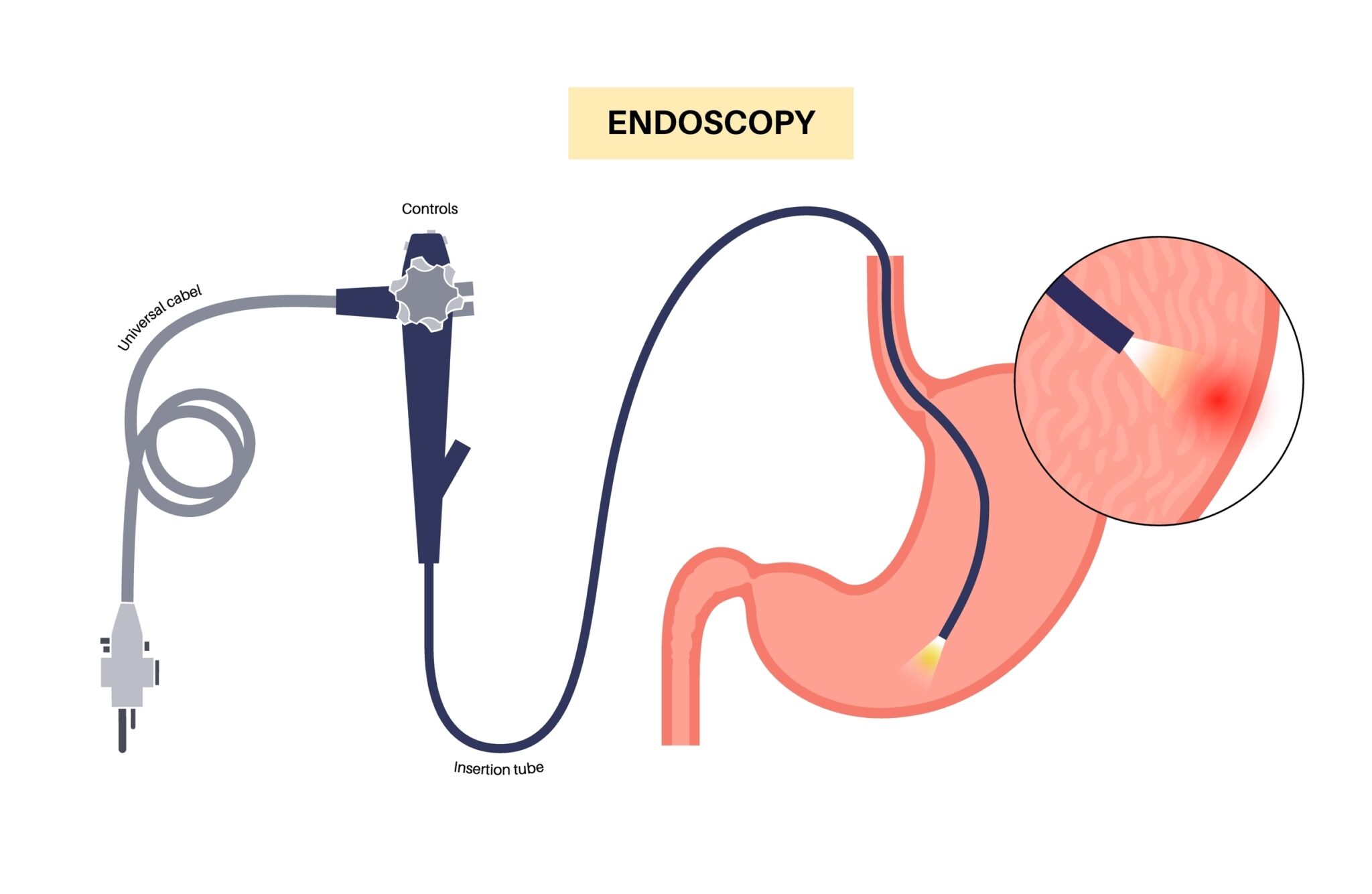Many people in the initial stages of research may be wondering what the difference between a Roux-en-Y and Mini Gastric Bypass is. The world of bariatric surgery can feel like a big and unnerving place to navigate, especially if you are yet to talk with a consultant. In this blog we will explore some of the key differences between the two procedures.

The traditional Roux-en-Y gastric bypass was developed in the 1960s, after two doctors observed the weight loss experienced by patients undergoing partial stomach removal for ulcers. Over several decades the technique as we know it today, the Roux-en-Y Bypass, was perfected. The Roux-en-Y gastric bypass is a highly successful treatment aimed at tackling obesity and the weight related comorbidities that coincide with it. Unlike the gastric sleeve, the Roux-en-Y gastric bypass does not require the removal of a large portion of the stomach, instead relying on a surgeon creating a ‘new stomach’ that is commonly referred to as a ‘pouch’. After a patient has had this procedure they can typically expect an excess weight loss of up to around 70% measures across a two year period.
As with any surgery there is potential for complications to crop up during and after the surgery, such as internal bleeding and dumping syndrome. At Allure you will be supported by an expert and experienced team of consultants, nurses, and dietitians in order to ensure your surgery and recovery goes as smoothly as possible. Life with a gastric bypass will require lifestyle alterations such as taking multivitamins and supplements daily as well as changing the way you approach eating.

The Mini Gastric Bypass is similar to the Roux-en-Y with the main differences being that it is generally considered a faster and simpler procedure. With only one anastomosis (join between the stomach and bowel), the Mini Gastric Bypass requires less incisions and therefor results in less chance for complications and a typically faster recover. For example, the risk of an internal hernia reduces near to zero with a Mini Gastric Bypass, something that can be a big worry for Roux-en-Y Gastric Bypass patients.
Aftercare is essential to the success of both procedures and Allure Weightloss provide a top team compiled of bariatric nurse, dietitian, and consultant in order to help your procedure and recovery go as smoothly as possible. Speak to our team today in order to discuss your eligibility and more.
Alternative Surgeries and Procedures
The gastric sleeve is a common alternative to both forms of the gastric bypass. The gastric sleeve involves the removal of up to 80% of the stomach, with a similar weight loss of up to 70% of excess weight measured over a two year period. By drastically reducing the amount you can eat it also changes the levels of ghrelin (the hunger hormone) that you can produce. Just like the gastric bypass, the gastric sleeve must be fully considered before committing and traditional forms of weight loss must have been attempted in the past. None of these procedures are suitable for children.
Another increasingly popular option is that of the gastric balloon. A gastric balloon is a temporary tool used to tackle obesity. Available in a number of models, such as the Orbera 365 and Bib, the gastric balloon works by limiting the space inside the stomach, delaying gastric emptying, and reducing production of the hunger hormone ghrelin. Combined, these devices enable patients to use their time with the balloon to change habits for long-term success. Typically, patients can expect to lose between 10 – 18% of their total bodyweight with the balloon in place (depending on model and overall dedication the the programme).
Get in Touch
Speak to a specialist today and discuss your medical weight loss options. 03455 120 094, or email info@tech-itguide.com. Alternatively fill out our contact form today.
Allure Weightloss is a CQC registered provider of bariatric surgery and gastric balloon placements.



























































